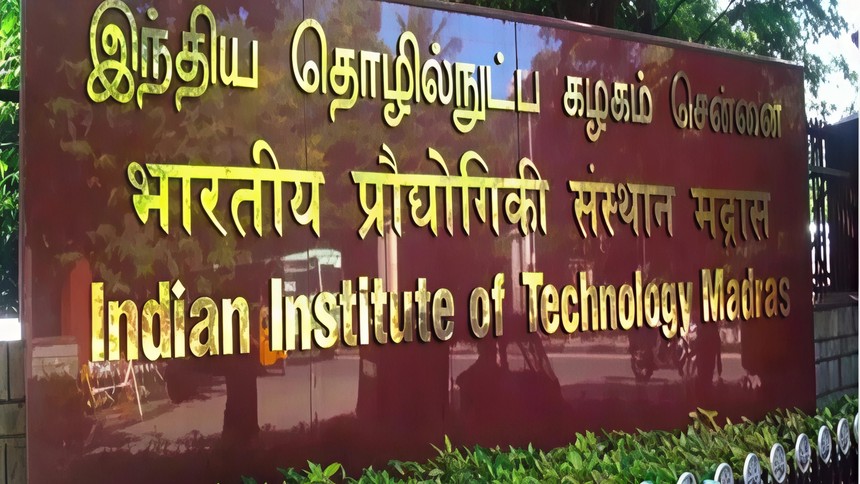Z.ai has just made a bold move in the AI world. The Chinese artificial intelligence lab has released its latest flagship models, GLM-4.5 and GLM-4.5-Air, and says they are now the top-performing open-source AI models on the planet. According to the company, these models not only bring exceptional reasoning and coding power but also support agentic capabilities, which allow them to perform complex tasks with more autonomy and logic.
GLM stands for General Language Model, and with this release, Z.ai aims to solve a key problem in the AI industry. Most large language models today excel in certain areas but fall behind in others. Z.ai claims its GLM-4.5 models are designed to be truly generalist, handling everything from natural language understanding and code generation to autonomous agent-style task handling with equal strength.
The GLM-4.5 model is built with 355 billion total parameters, with 32 billion of them active during use. Meanwhile, the GLM-4.5-Air model is a lighter version with 106 billion total parameters and 12 billion active ones. These models also feature a massive context window of 1,28,000 tokens and come with built-in function-calling capabilities. Z.ai says they are fully open source, and developers can access them through GitHub, Hugging Face, or directly via API on the company’s platform.
What makes this release stand out is Z.ai’s decision to use a mixture-of-experts architecture that improves efficiency without sacrificing depth. By building deeper rather than wider networks, the company claims to have unlocked better reasoning skills in the models. This architectural shift sets it apart from other models that focus on brute size rather than smart structure.
In internal benchmark testing across 12 datasets, Z.ai says the GLM-4.5 model outperformed all other open-source language models globally. Only OpenAI’s o3 and xAI’s Grok 4 ranked higher overall, placing Z.ai firmly at the front of the open-source innovation wave. The benchmarks focused on areas like reasoning, coding, and agentic task-solving, where GLM-4.5 reportedly excelled.

The AI community is already buzzing about this release, especially since both models are available under a permissive license that allows academic and commercial use. Whether you are a solo developer, a research lab, or a startup looking to build AI products, these models are accessible and ready for implementation.
As the race in generative AI continues, Z.ai’s GLM-4.5 launch could mark a major turning point in the open-source ecosystem. With powerful capabilities and open access, it might just inspire a new wave of innovation outside the usual Big Tech circles.
For more updates on AI breakthroughs and open-source tools, follow Tech Moves on Instagram and Facebook.















